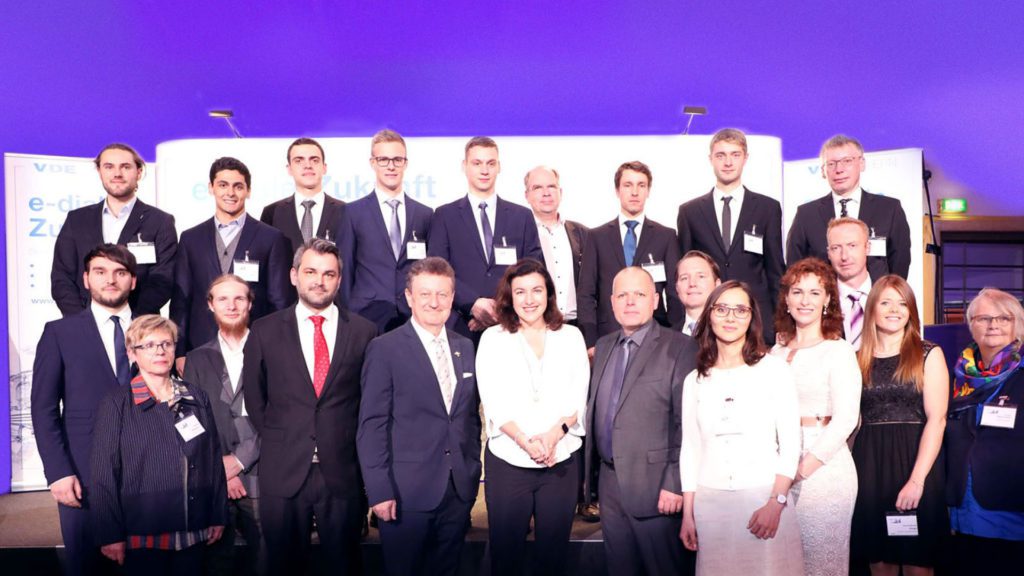In our first episode of this series, we covered the definition and role of emotion, feeling, mood and affect. In this episode, we lay the foundation for the modeling of emotions in affective computing.
There are a lot of theories and models out there trying to explain feelings and emotions. They try to explain emotions from different perspectives: neurobiological, cognitive, psychological.
An Affective Approach to be more Effective
The first step in modeling is deciding on whether we should model it discretely or continuously. Discrete modeling is easy to understand. Binary is for example the easiest: “Happy” vs “Not happy”, “Sad vs “Not sad”. But we all know that’s not the reality right? You can be more than this, you can be joyful, happy, excited etc. So, let’s try using continuous modeling.
Now, we need to decide on the dimension or dimensions. A dimension will be something that can differentiate the emotions better than anything else. What would be the best candidate for the first dimension? It’s relatively intuitive by asking how emotion is perceived.
Valence & Arousal to Differentiate Emotional Expression
Valence divides emotions into positive and negative. For example, sadness is negative, and happiness is positive. Depressed is more negative than sad, and excited is more positive than happy.
To differentiate between two negative or positive emotions a second dimension is necessary. How do they differ when you consider their expression? When somebody is excited, the person is more aroused and loud. When someone is happy, he/she is less aroused. It’s the same with anger and sadness. When I’m angry, I’m yelling (there is also cold anger which we address separately) and having negative emotions, and when I’m sad, I’m weeping almost silently and having negative emotions. So, it seems that we found a good candidate for our second dimension: arousal. The more aroused I am, the more intense the emotion is. So, now we have a 2-dimensional space.
Dominance as 3rd Dimension
It’s already great in distinguishing a lot of emotions, but let’s go one level further. Let’s use an example: when you are afraid and you panic, you are experiencing a negative emotion, and you are also yelling, which means you also have high arousal. Similarly, when you are angry, you also experience a negative emotion with high arousal. However, they are not similar at all. That’s why our two dimensions are not enough. So, what’s the difference between panic and anger. Well, it’s the control over the situation. It’s your dominance. So, the 3rd dimension will be control or dominance.
Finally, we have a 3D space that we can use to model emotions.
Everyday Process: Listening and Identifying
Now that you know this representation, try the following experiment. Close your eyes and listen to someone’s voice, you can see that using these dimensions, you can identify almost any emotion and find a space for it.
We have represented our emotions mathematically. It’s the base to teach computers to see the world like this. In our next episode, we will go deeper into the technical side and see how machine learning works. Meanwhile, feel free to check our products for the industry made using this science behind the hood.

By loading the video, you agree to YouTube’s privacy policy.
Learn more






